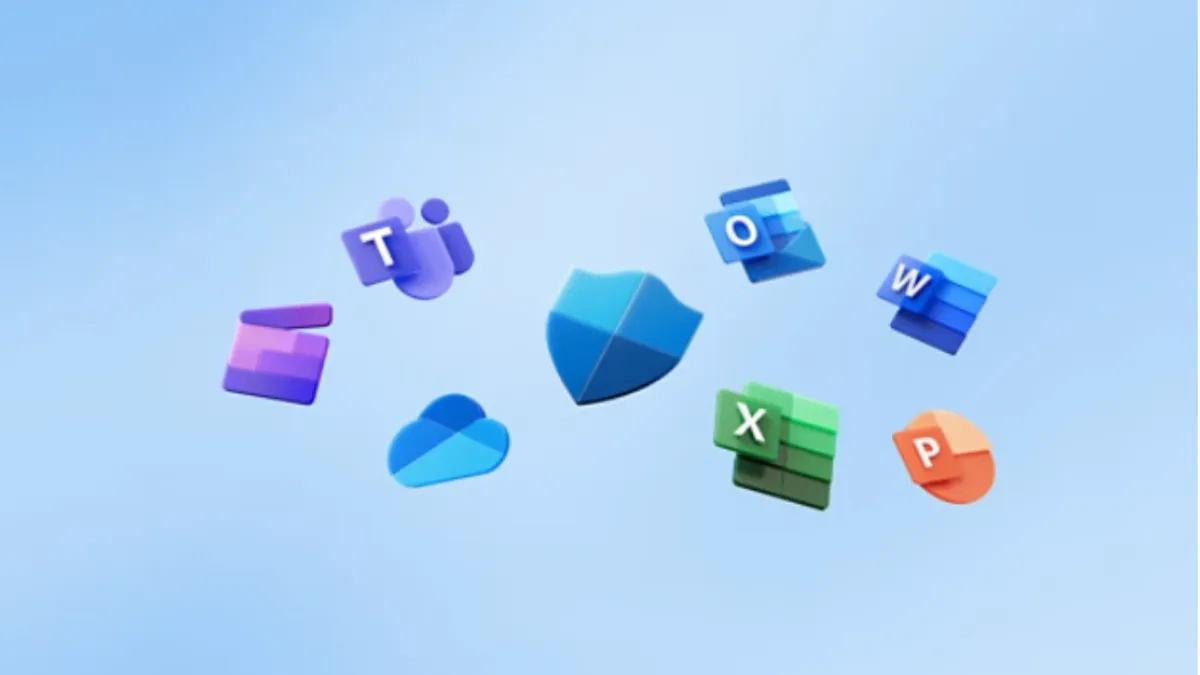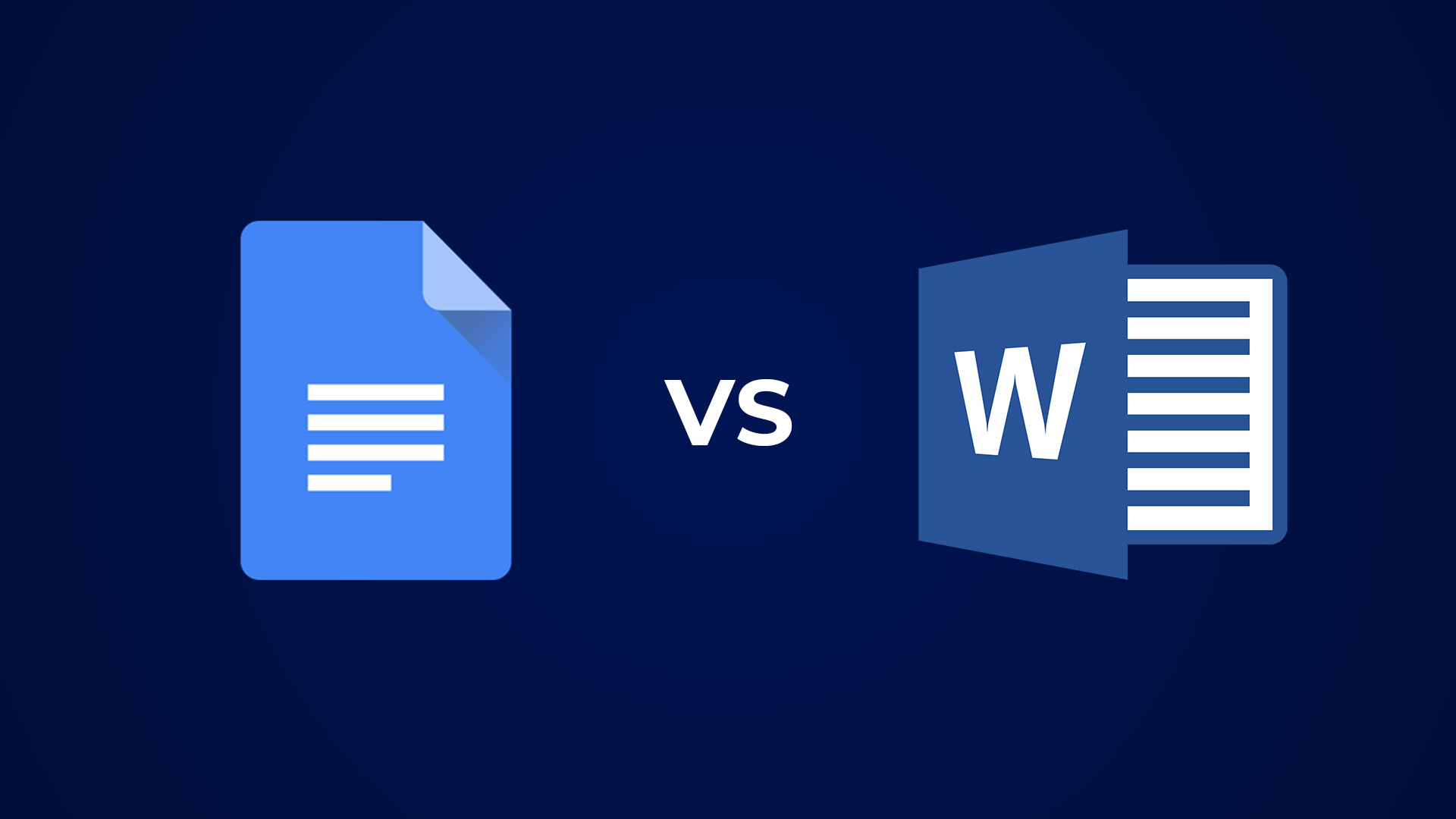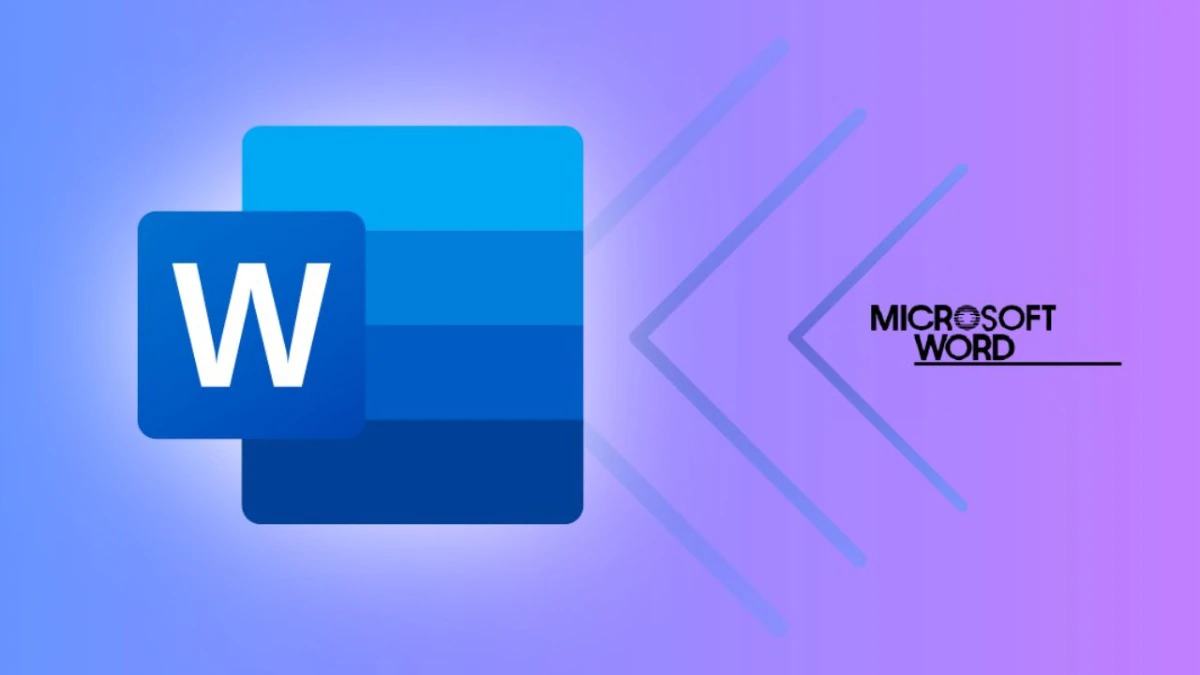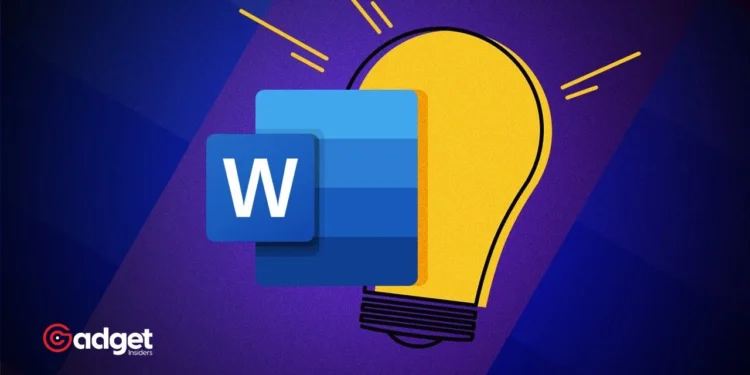For countless Microsoft Word users, the simple act of pasting text has long been a source of frustration. The current “paste” functionality often disrupts document formatting—inserting extra white spaces, mismatching fonts, and scrambling line spacing.
This has been a particularly vexing issue for those who value consistency and clean document presentation. Recognizing the widespread dissatisfaction, Microsoft is now poised to introduce a significant change that promises to streamline this process and enhance user experience.

Inside the New Formatting Frontier
In a recent announcement on their blog for 365 insiders, Microsoft unveiled plans to test a new default setting in Word. This update will allow pasted content to automatically adopt the format of the destination document, thereby eliminating the common formatting headaches associated with the current system.

“Almost everyone has experienced at some point that, when copying text into a document, the formatting doesn’t homogenize,” Microsoft noted, highlighting the universal nature of this issue. With the proposed change, Word aims to ensure that pasted text seamlessly integrates into the existing document structure, maintaining uniform font, size, and spacing.
3 Easy Ways to Translate Microsoft Word Documents
Have a Word document in a language you don't understand? Here's how to translate it easily.
Chapters:
0:00 Intro
0:09 How to translate selected text in word
1:03 How to translate a whole
1:28 How to use google docs to translate… pic.twitter.com/Y2rdaRjz7S— Computer Everywhere (@computer_everyw) May 5, 2024
For traditionalists who prefer the classic paste option—where text retains its original formatting—Microsoft reassures that this preference can still be accommodated. Users will have the ability to revert to the traditional setting via the advanced settings in Word, where different paste options can be tailored according to the source of the copied text.
Microsoft’s Word Paste Revolution: Evolving Office Automation
The realm of office automation has remained relatively unchanged for decades, yet it is an integral part of daily operations in businesses, academia, and personal use. Despite its stability, the potential for innovation remains vast, particularly with the integration of artificial intelligence (AI). Recent updates to Word, including smarter and more intuitive application features, are indicative of the evolving landscape of office automation.

As Microsoft continues to refine these tools, the integration of AI not only promises to enhance the functionality of Word but also to revolutionize the way we interact with digital documents. The upcoming changes to the Word paste function are just a glimpse of the potential advancements in store for users seeking more efficient and less frustrating document processing tools.
This initiative by Microsoft to revamp the paste feature in Word could significantly enhance user satisfaction and productivity, aligning with the needs of modern document handling. By addressing one of the most common complaints among its user base, Microsoft is not only improving a fundamental feature but is also setting a new standard for what users can expect from office automation tools in the future.










